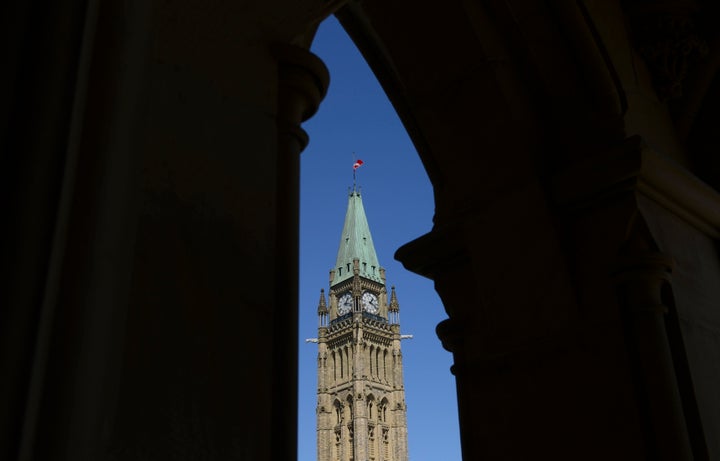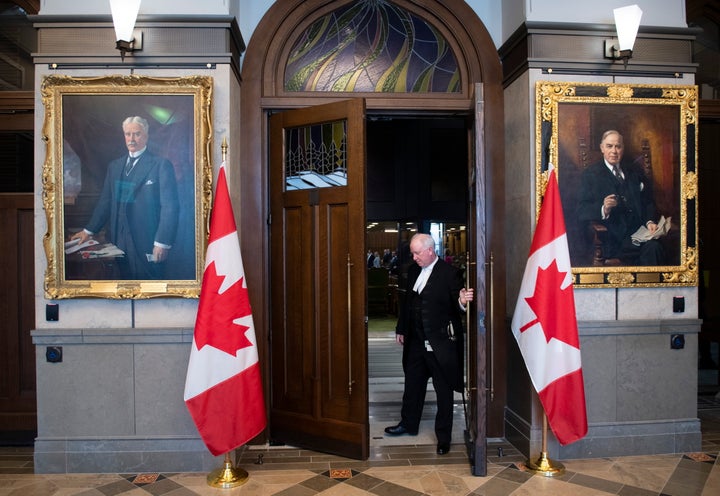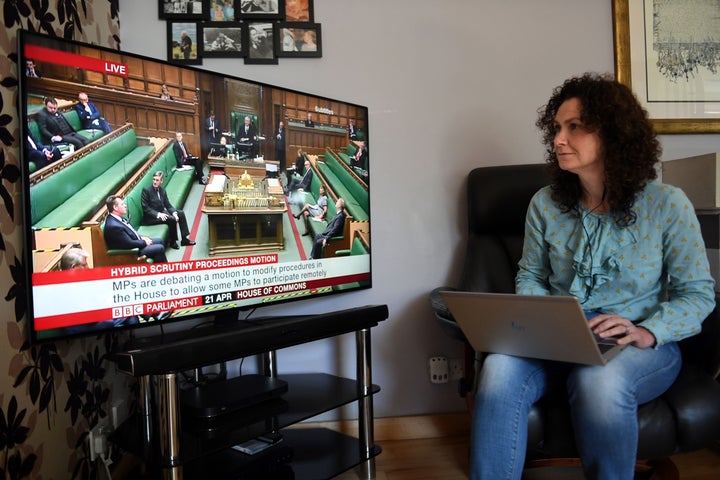
OTTAWA — Internet connectivity emerged as a top concern among MPs Tuesday as the House of Commons prepares to move sittings online.
House Speaker Anthony Rota said the biggest challenge is that 338 MPs are now in separate locations rather than physically together in one chamber. Bad connections, six time zones, and varying levels of digital competency could be challenges, he explained.
“Some of our MPs are not tech savvy, let’s say, where they’re not hooked up and getting them on board may be a little more difficult,” Rota told a webcast meeting of the House’s procedural and House affairs committee (PROC).
He emphasized that the rights and privileges of all MPs are sacrosanct. “It’s a small minority, but they have the same rights as everyone else and that has to be respected.”
Watch: Federal leaders make arguments for how Commons should sit. Story continues below video.
There were several occasions during the nearly three-hour meeting where committee members and witnesses were explained the use of the mute and on/off buttons for simultaneous French-English interpretation.
House Clerk Charles Robert later said that connectivity is mostly an issue for MPs in northern regions, where internet access is limited and often not high-speed.
The shift to virtual sittings is being taken in stride to respect public health advice about physical distancing amid the COVID-19 pandemic. The House adopted a motion Monday to suspend its regular sittings to May 25.
In the interim, MPs will meet virtually on Tuesdays for a so-called Special Committee on the COVID-19 Pandemic to allow parties to ask questions to ministers. Weekly in-person sittings will be held on Wednesdays with a reduced number of MPs, with another virtual meeting on Thursdays.
“This is obviously not the last time we’re going to go through something like this,” Rota advised the members of PROC.
The committee is currently tasked with studying how members can fulfill their parliamentary duties with physical-distancing measures and travel restrictions in place.
Its recommendations are expected to be presented by May 15.

Rota told committee members that some of the rules and practices respected in the House won’t be practical with everyone dialing in from home. For one, he said, it will not be practical for MPs to rise in their seat to be recognized to speak.
He suggested there are other long-standing practices, such addressing questions through the chair and wearing business attire, that should be maintained to uphold the dignity of the House in its new virtual means.
“I have watched a few recent video conferences, including the one this morning, and could not help but notice some members were, just let’s say, bending the dress code a little bit,” Rota said.
According to rules that govern the House, members are required to wear “contemporary business attire” in the chamber. It’s an unwritten rule that men must wear a tie to speak.
Opening the Constitution a possibility
At least 20 MPs are required to physically be in the House of Commons for quorum. Philippe Dufresne, law clerk and parliamentary counsel, told committee members that the rule is enshrined in section 48 of the Constitution.
“Changing the Constitution itself is an option, that is something that could be done but it would require the decision of Parliament as a whole.”
- Philippe Dufresne, law clerk and parliamentary counsel
He explained the possibility of virtual sittings was not taken into consideration when the Constitution was originally drafted. In a pandemic it’s important to have flexibility to maintain Parliament’s function, he said, suggesting arguments can be made in the future to count an MP’s virtual presence for quorum.
“Changing the Constitution itself is an option, that is something that could be done but it would require the decision of Parliament as a whole,” Dufresne said.
“So if you change the constitution, you amend it, and you can say for greater certainty, virtual presence is considered presence. So that’s one option.”
Canada following other Parliaments’ lead
Robert, the Commons’ clerk, said the changes will come gradually as staff test technologies to facilitate virtual sittings of Parliament.
It’s a transition that would put Canada in a “stream of Parliaments in various places that are actually trying to address this problem... that all of us are confronted with the COVID-19 pandemic,” he said.
The National Assembly for Wales have moved meetings online and Britain’s Parliament is expected to resume sitting Wednesday with a hybrid of in-person and online participants.

PROC committee members were told the House will use Zoom, a video-conferencing software, for virtual sittings because it allows for floor audio and two languages.
“We are obliged to be bilingual, we have to have three channels: the English, French, and floor,” Robert explained. He said the use of Zoom for the quasi-question period that’s scheduled to take place Tuesday will bring a new experience.
“A critical aspect that would really change is that the excitement that is part of our question period now would be quite different in a virtual environment.”
MPs commonly heckle and jeer each other in the 45-minute period where the opposition ask questions to the government on any topic.
Green Party Parliamentary Leader Elizabeth May, a process nerd known for chiding her colleagues for flouting rules in the House, is seemingly excited for a break from question period’s typical rowdy environs.
“I’d like it so much better,” she told committee members, laughing.

- What are the cases of the new coronavirus in Canada? Take a look at our map.
- Want to apply for the new CERB? Here’s what you need to know.
- What’s the difference between the coronavirus and the flu?
- You’ve probably been hearing a lot about PPE. What it is — and how to donate it.
- Things are changing quickly: a cross-Canada look at which services are open and closed.